<!else3>Roland has come up with the Roland RD-2000 to target the professional musicians who need a digital piano with reliable piano sounds and mechanics while also doubling up as a fully functional keyboard and synthesizer. Costing more than $2500, this digital piano is strictly meant for the absolute professionals and experts. As such it comes loaded with almost every feature a digital piano can incorporate. There is such a thing as too many features and that is something that this price segment suffers from. Let us find out if Roland have managed to pull a masterstroke with the RD-2000 to create one of the best digital pianos around.
<!๒>Features
<!1>– Excellent piano sounds
<!3>– Great customizability
<!3>– Huge selection of usable sound and effects
<!3>– Very versatile
<!3>– Snapshot feature allows storing of all current parameters
<!2>– Aluminium body
<!๒>First impressions
<!next>The Roland RD-2000 is a complicated looking instrument with a host of buttons, knobs and faders. This will immediately send the heads of any amateur and even intermediate musician into a spin. At the same time, an expert musician’s eyes will light up. However, right out of the box, the Roland RD-2000 shouts out that it is much more than a digital piano. There is just so much going on that you immediately know this is a powerful tool. Whether you need such a well-equipped keyboard is up to you and your musical needs. There is no debate about one thing though. This is a serious player that requires a high skillset to be exploited properly.
<!else3>Once you are done drooling over the typical Roland design, you will start to notice a few flaws. The primary of these is the screen. It is like Roland deliberately kept it small. At this price point they could have surely gone with a larger screen. The other thing you will notice is how all the buttons and knobs are bunched together. The faders and knobs are way too close to each other for comfort and that will create issues as we will find out later. The layout appears very clean and neat though and aesthetically, it is quite pleasing but it comes at the cost of usability.
<!else3>The aluminium body sets it apart and this does look like an expensive instrument. It isn’t exactly very welcoming but the small screen does stick out like a sore thumb among other digital pianos in this range. The keys have an air of authenticity to them and the RD-2000 should look pretty cool on a stage especially when the lighting is dim though that brings its own set of problems as we get to understand later. Let’s dive deeper and find out all the nitty-gritty details of the Roland RD-2000.
<!๒>The sounds
<!next>Roland weren’t kidding around when it came to the sounds on this digital piano. For starters, it has two independent sound engines. One is dedicated to piano sounds while the other controls the rest of the tones available on the Roland RD-2000.
<!else3>Obviously, a single sound engine completely dedicated to the piano sounds has its perks and that is evident in how authentic the piano tones sound. True connoisseurs will be able to immediately understand that this is one of the few digital pianos out there that has managed to capture every subtle nuance of a piano sound. The piano tones are so rich and full of life and character and all it takes is closing your eyes to forget that the sounds being produced are coming out of a digital instrument. The rich quality of sound is especially discernible while playing the high notes. Pianists will absolutely fall in love with the Roland RD-2000.
<!else3>As far as the other sounds are concerned, and there are a lot of them, they too are of very high quality. Rarely does a digital piano manage to produce exceptionally authentic piano sounds while also being able to generate very good tones from other instruments, let alone 1100 of them. It is like Roland have used up every ounce of their experience and expertise in packing the RD-2000 with the best possible sounds.
<!else3>We do have to mention that the Roland RD-2000 does not come with inbuilt speakers and it will sound different with different sound systems. However, as long as you have set up everything correctly it delivers stunning sounds every single time.
<!๒>The feel
<!next>This is another avenue where a lot of effort has gone into providing the most authentic piano feel. The keys are made of a mixture of wood and ivory like plastic and the result is exquisite the keys are a joy to play. They are smooth but do not have that cheap plastic feel. It offers plenty of grip but not so much as to catch your fingers which makes speed runs a breeze. Roland’s PHA-50 hammer action keyboard is one of the best in the business and that is what is used in the Roland RD-2000.
<!else3>There is that characteristic lightness to the keys as well. The velocity curve is accommodating enough to not make playing other instrument tones cumbersome. We have always liked the versatility of Roland digital pianos in general with regards to playability.
<!else3>The goodies however end with the keys. The buttons, knobs and faders are a completely different story. Perhaps the most common knob you will use would be the volume knob. It is small and difficult to get hold off. While we are at it, a fader style volume control would have been so much better. This keyboard does have 9 faders but they are the most disappointing part of this digital piano. They are flimsy and feel cheap to the touch. They also seem to have a high tendency of breaking off when used with fervour during live performances.
<!else3>The rest of the buttons and knobs are okay from a mechanical standpoint but they suffer from a bad layout. Despite the Roland RD-2000 being an 88-key digital piano, Roland decided to bunch everything in the middle. It takes great dexterity to turn one of the knobs without disturbing the adjacent ones. The buttons are all right and we liked the placement of the lever to control the pitch and modulation on the extreme left like most Roland keyboards. We just wish Roland had put a bit more effort into the rest of the layout.
<!๒>The feel
<!next>This is another avenue where a lot of effort has gone into providing the most authentic piano feel. The keys are made of a mixture of wood and ivory like plastic and the result is exquisite the keys are a joy to play. They are smooth but do not have that cheap plastic feel. It offers plenty of grip but not so much as to catch your fingers which makes speed runs a breeze. Roland’s PHA-50 hammer action keyboard is one of the best in the business and that is what is used in the Roland RD-2000.
<!else3>There is that characteristic lightness to the keys as well. The velocity curve is accommodating enough to not make playing other instrument tones cumbersome. We have always liked the versatility of Roland digital pianos in general with regards to playability.
<!else3>The goodies however end with the keys. The buttons, knobs and faders are a completely different story. Perhaps the most common knob you will use would be the volume knob. It is small and difficult to get hold off. While we are at it, a fader style volume control would have been so much better. This keyboard does have 9 faders but they are the most disappointing part of this digital piano. They are flimsy and feel cheap to the touch. They also seem to have a high tendency of breaking off when used with fervour during live performances.
<!else3>The rest of the buttons and knobs are okay from a mechanical standpoint but they suffer from a bad layout. Despite the Roland RD-2000 being an 88-key digital piano, Roland decided to bunch everything in the middle. It takes great dexterity to turn one of the knobs without disturbing the adjacent ones. The buttons are all right and we liked the placement of the lever to control the pitch and modulation on the extreme left like most Roland keyboards. We just wish Roland had put a bit more effort into the rest of the layout.
<!else3>At a price of more than $2500 you would be right to expect many attractive stuff and the Roland RD-2000 delivers them in the form of customizability. As we mentioned earlier, there are 1100 sounds that come by default with the Roland RD-2000. Roland did not stop there as pretty much every aspect of each of the sounds can be changed giving you an almost infinite possibility when it comes to creating your own sounds. The combination of the 9 faders, 8 knobs and the pitch and mod wheels give you plenty of options to tweak the sound on the fly.
<!else3>A couple of features that really impressed us are the zones and the snapshot. There are 8 zones on the Roland RD-2000 and you can set each zone up with a unique sound. Then you can mix and match them to provide some really cool layering effects. The snapshot is a feature that allows you to capture all the parameters of the current sound. This comes in handy when you create a really nice sound and want to store it for future use.
<!else3>A plethora of authentic sounding effects are also available. Every possible effect that you would ever need is available on the Roland RD-2000 and they all worked quite well. Connectivity-wise, there is everything you would expect. It should come as no surprise that the Roland RD-2000 offers great MIDI support and can be used with pretty much any DAW out there for digital music production.
<!else3>While all of this seems great on paper, it suffers in the real world. The small screen really hurts in this regard as dealing with all the different features can become a real headache.
<!๒>Usability during live performances
<!next>The Roland RD-2000 is marketed as a stage digital piano and that is where it suffers the most. Because everything is so cramped up, all the labels end up being too small and close together that it becomes almost impossible to read under good lighting conditions. If your live gig is taking place under subdued lighting then forget being able to decipher which knob or button does what. The flimsy faders also hurt a lot in this regards as you have to be really delicate with them which can sap the energy out of your live performance.
<!๒>Final thoughts
<!next>The Roland RD-2000 is an instrument of extremes. It is one of the best at replicating the true sound and feel of a grand piano. Almost all of the 1100 additional sounds are usable, which is a massive achievement. It looks pretty cool too. However, the shortcomings can be really disconcerting. The faders truly feel like an afterthought. The layout simply sucks. This is especially atrocious as the Roland RD-2000 is a full 88-key digital piano without speakers. It is not like Roland didn’t have the extra space. When really pushing the Roland RD-2000 you will feel like a child trying to pull out a lot of candies from a jar with a narrow opening. It can be done but sometimes it just feels unnecessarily complicated.
So, the big question is should you buy it? This is a feature rich digital piano that can do so many things. It is just that it will make you work a little too hard to let you get where you want to go. Our opinion is that you should try this instrument in person and see if the quirks are something you can live with and get used to while playing live. The Roland RD-2000 could have been almost perfect but Roland missed the mark ever so slightly which is almost unforgiveable at this price point.#

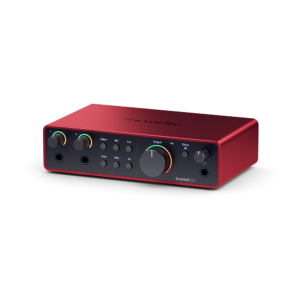
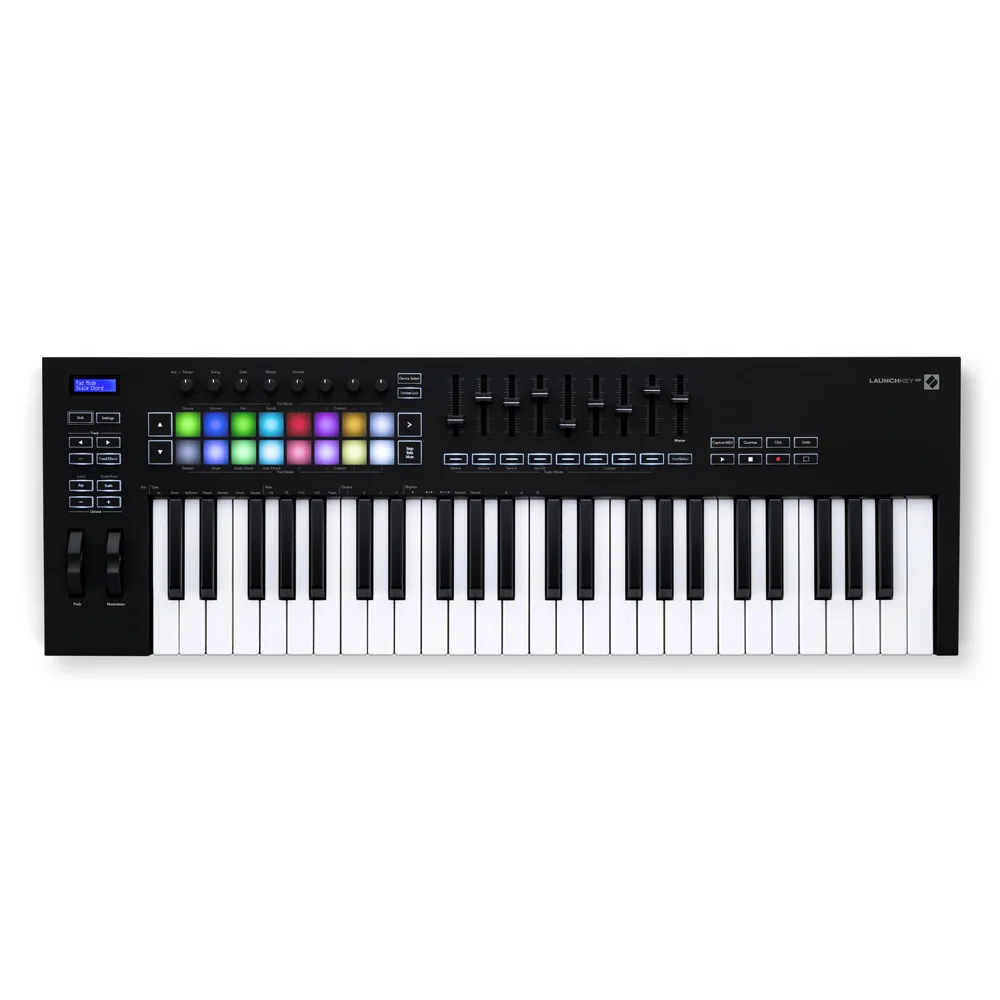
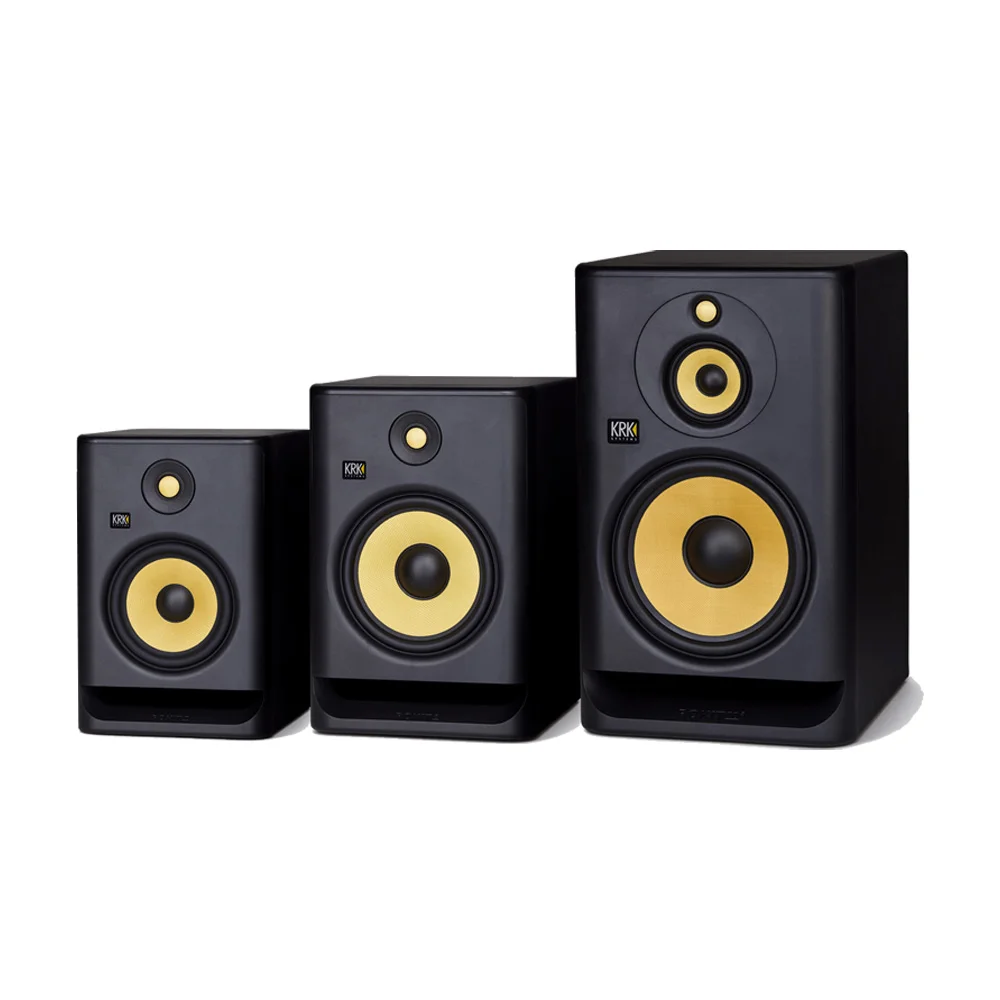
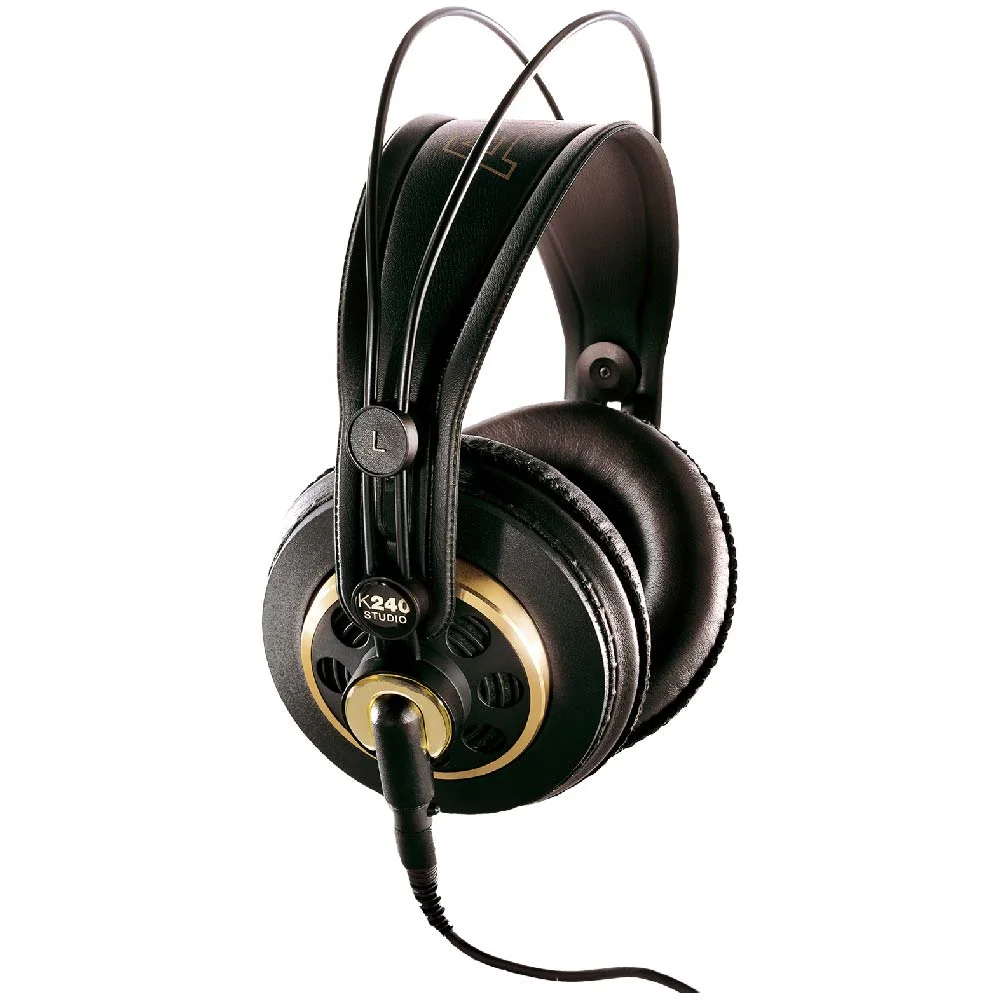
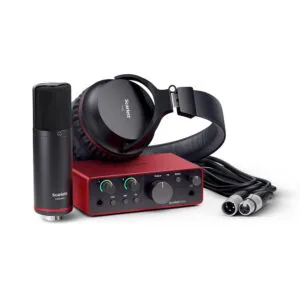

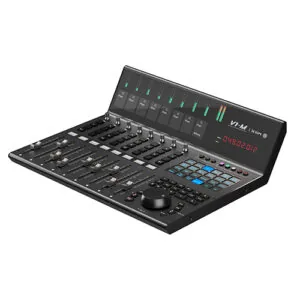
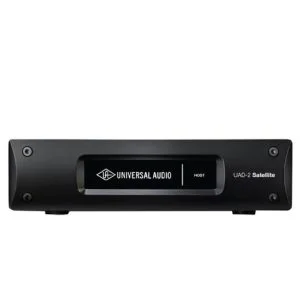
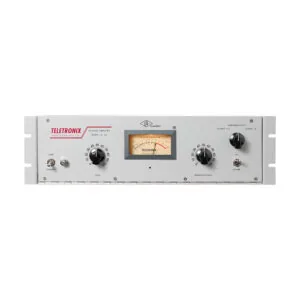
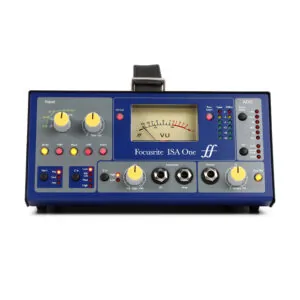
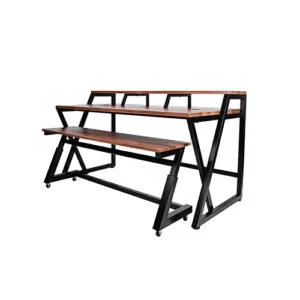
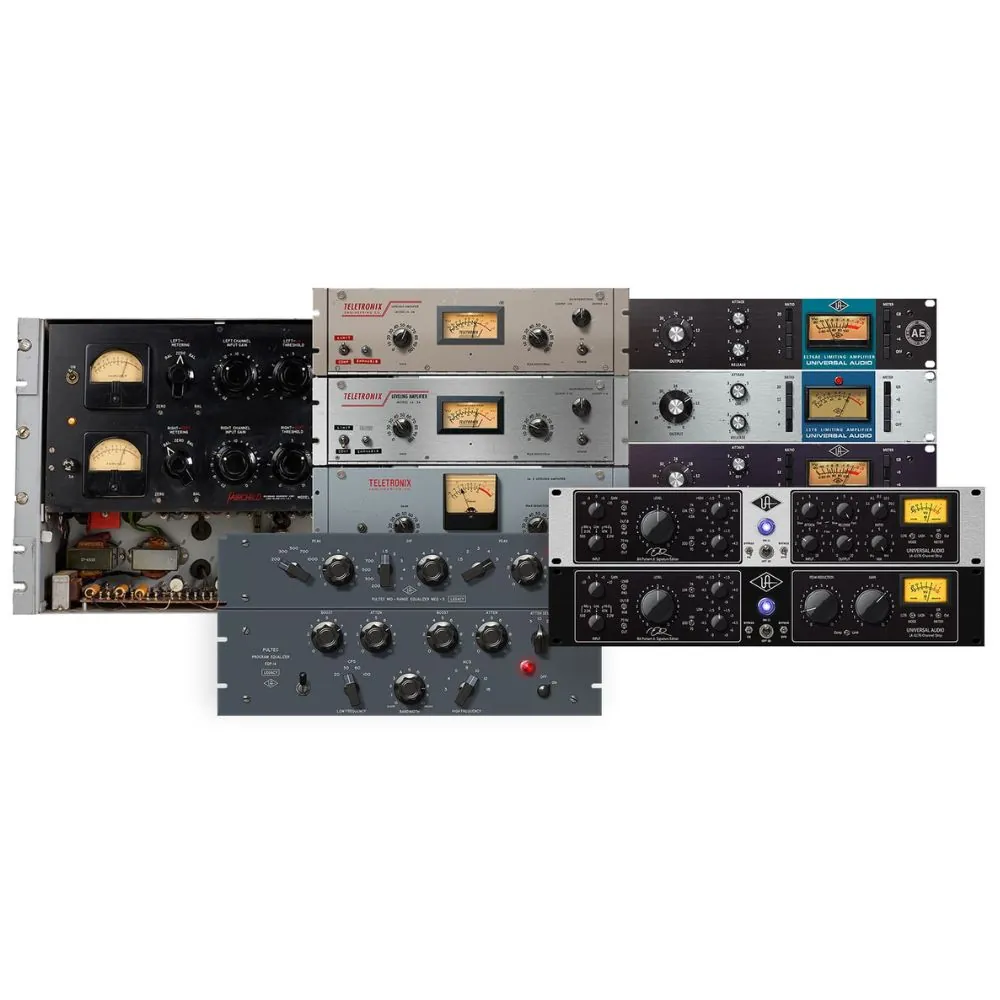

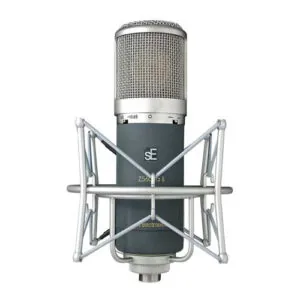



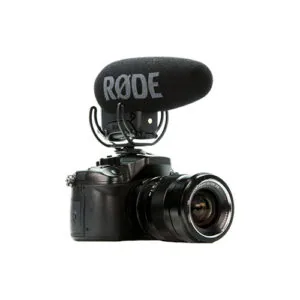

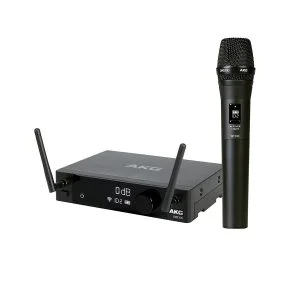
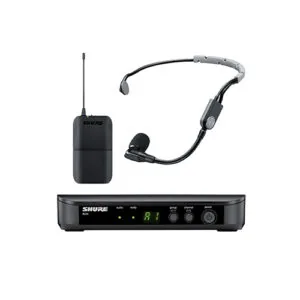

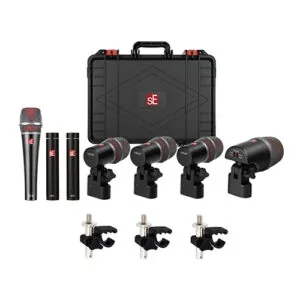
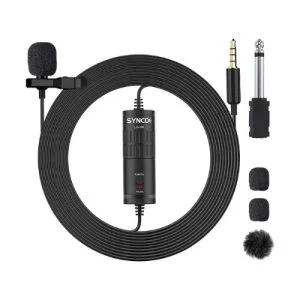
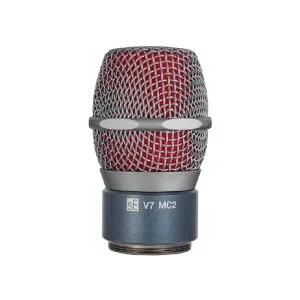
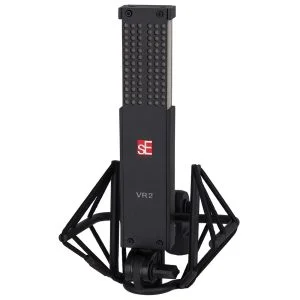
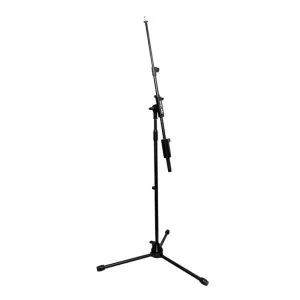
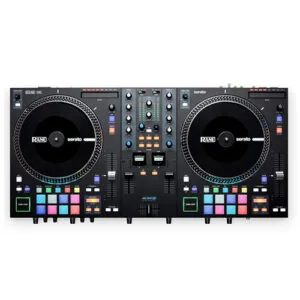




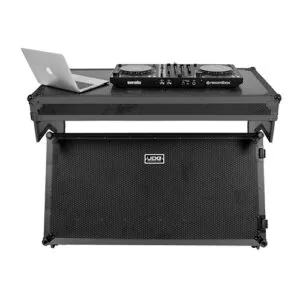
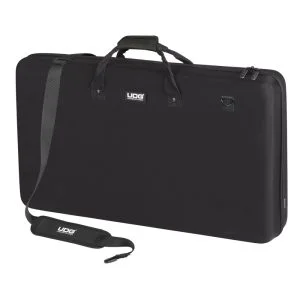
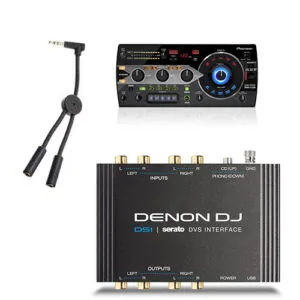

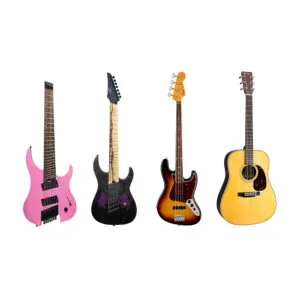
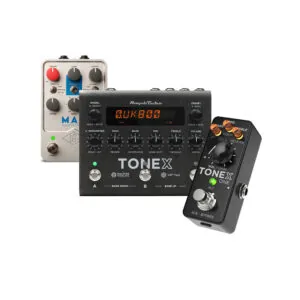

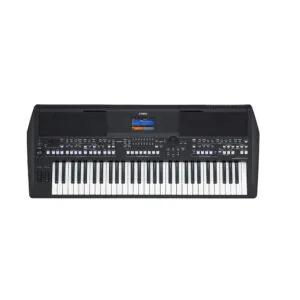
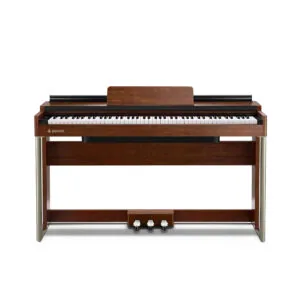
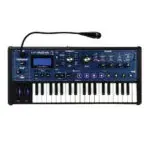
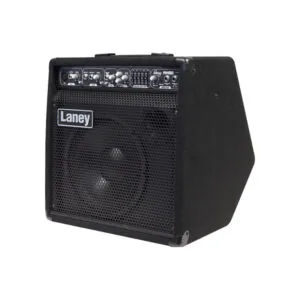
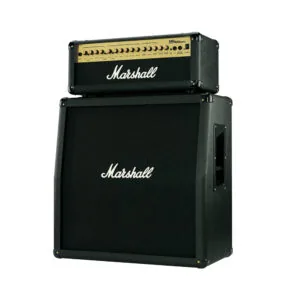

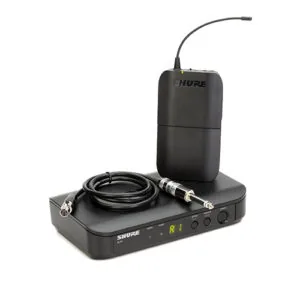
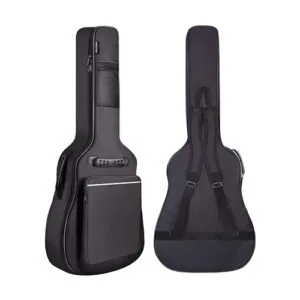





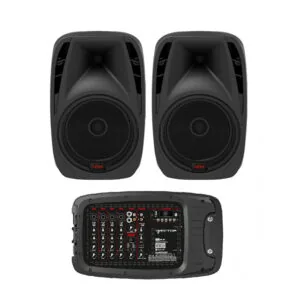
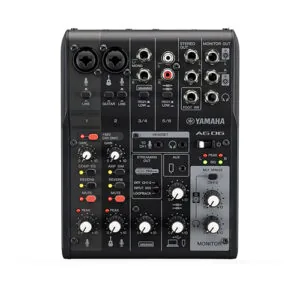





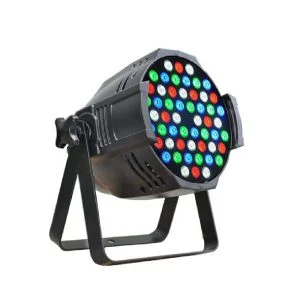
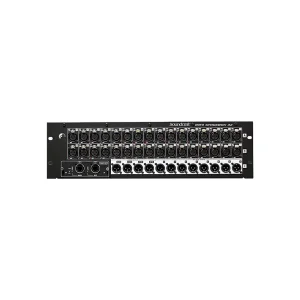


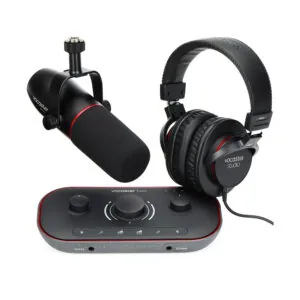
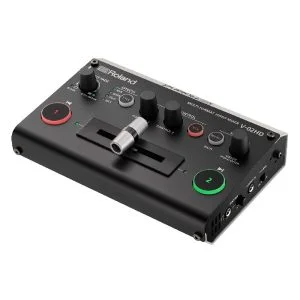
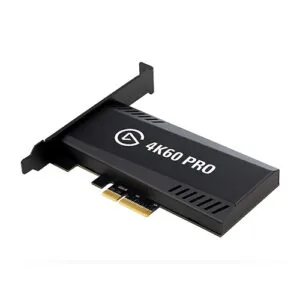
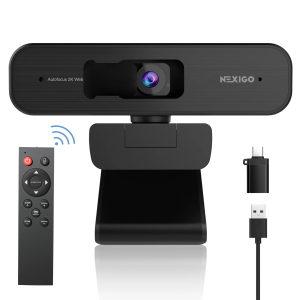
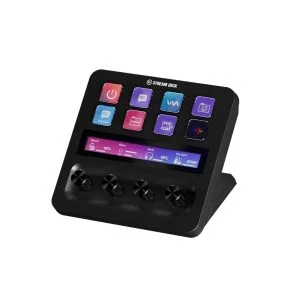
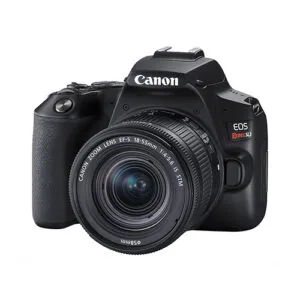
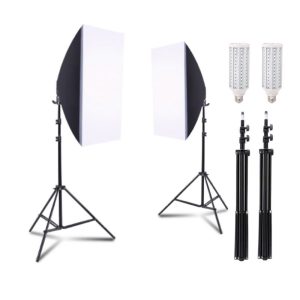
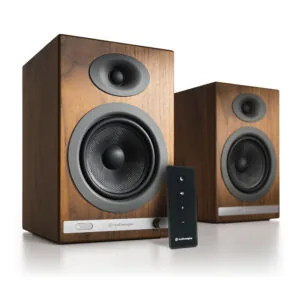
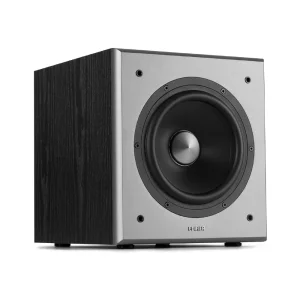
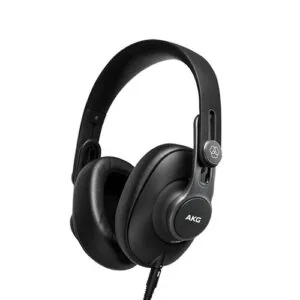
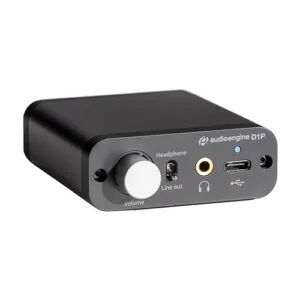

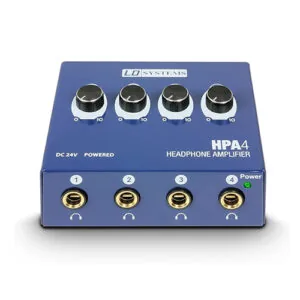
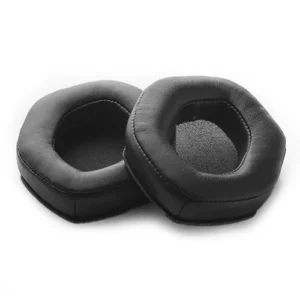
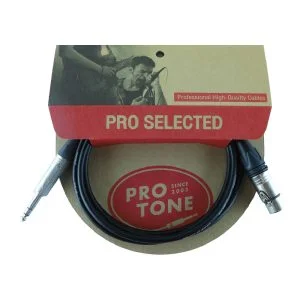
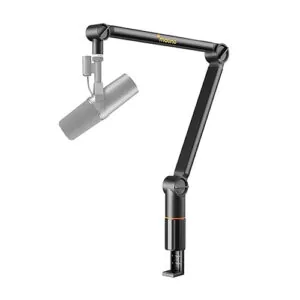
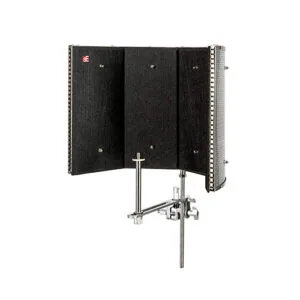
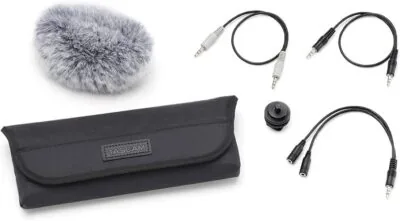

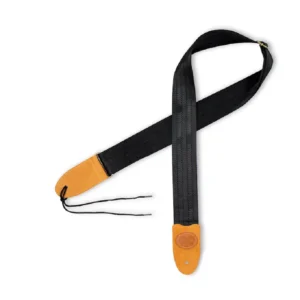
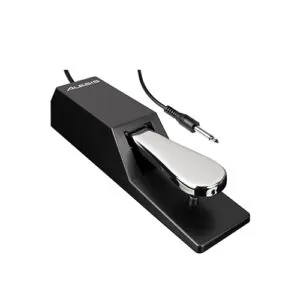

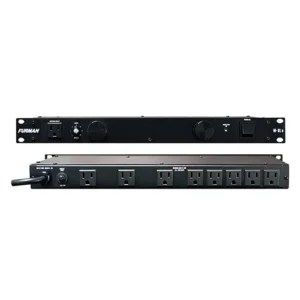
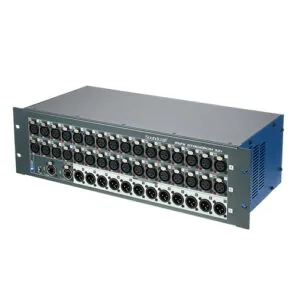

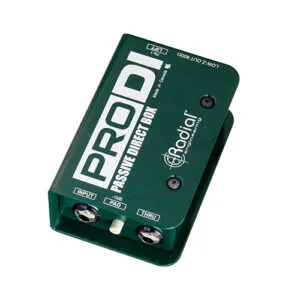
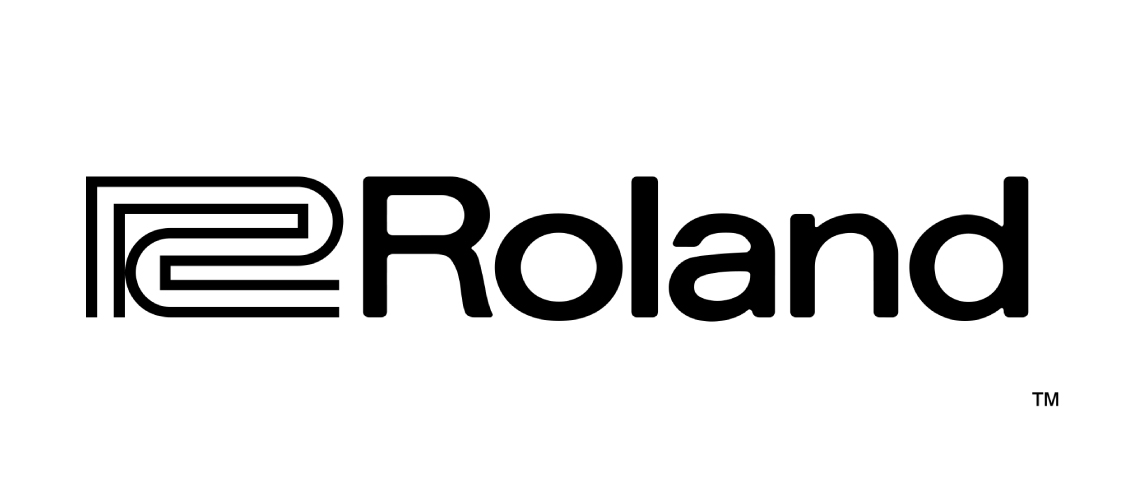


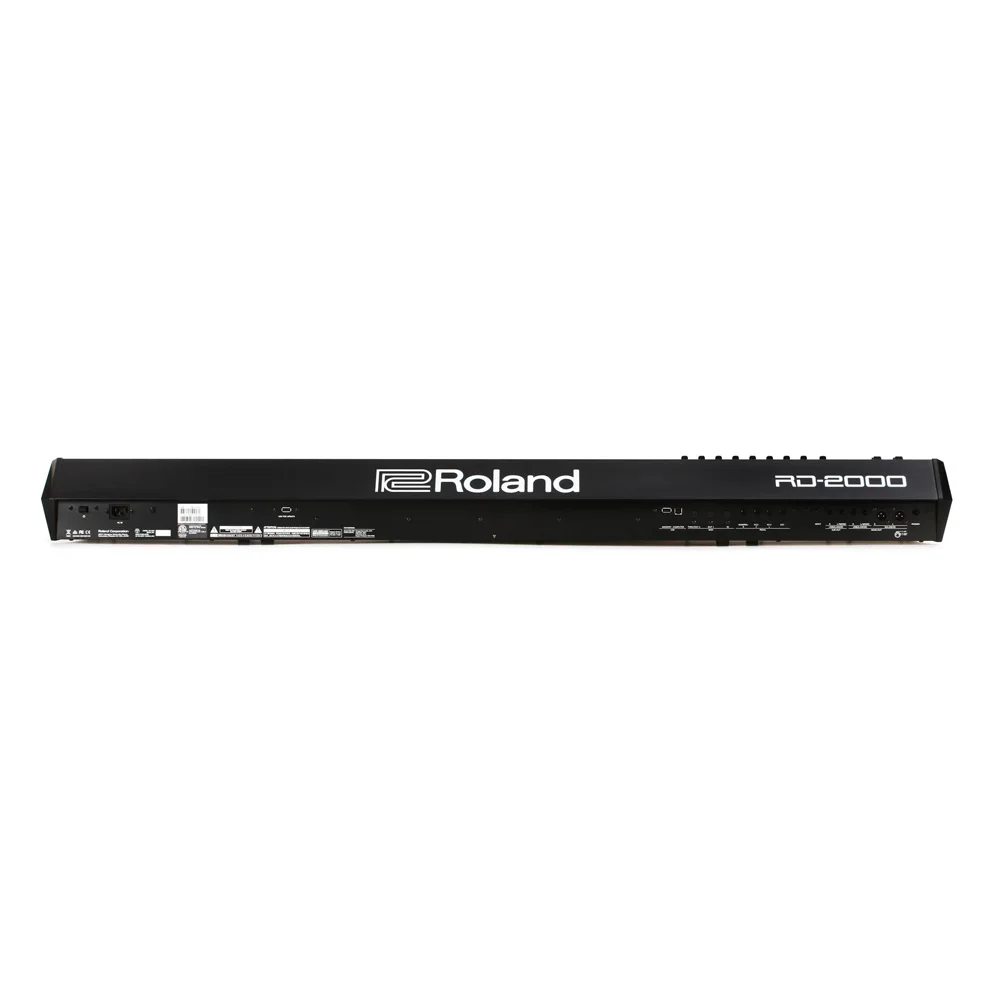

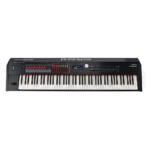












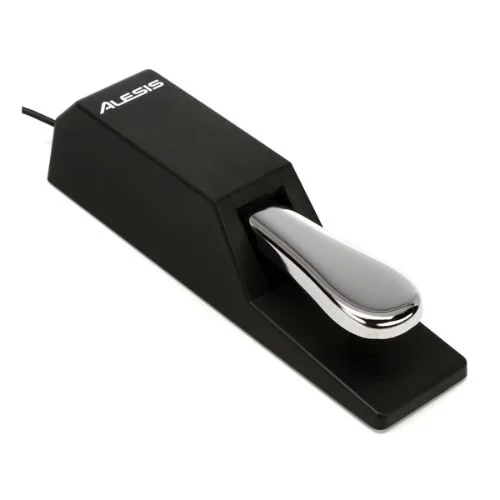



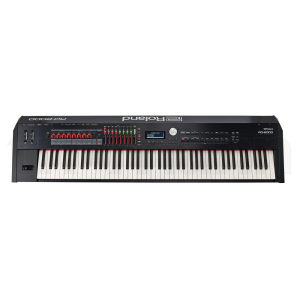
Reviews
Clear filtersThere are no reviews yet.